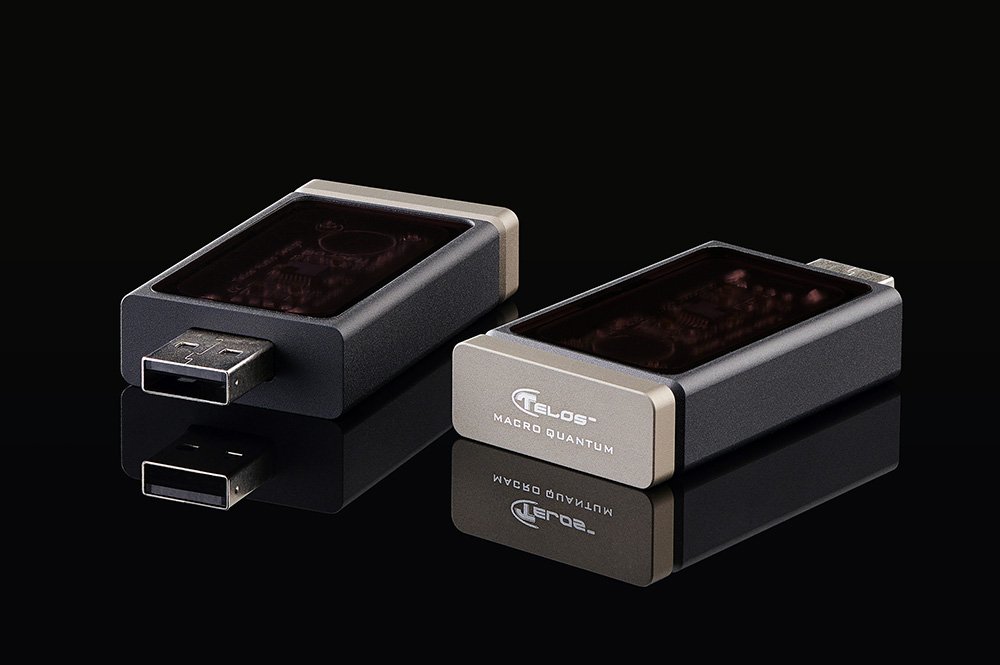Macro Q
Active USB noise cancelling
Introduction
The development of USB transmission was designed for connecting computer peripherals, not for the transport of a music signal in an audio system. Frequently, it adds the computer’s high-frequency AC power noise.
Although the data could be corrected by buffering and Asynchronous Transmission, the jitter of the bottom layer’s physical signal is still very high. It’s a long way from the real jitter-free situation.
Here are two keys:
- It adds a computer’s high-frequency AC power noise, interfering with the device’s digital signal and even the analogue signal after a DAC.
- If the bottom layer’s level of Jitter is too high, it can’t output the original signal ‘bit perfect’.
TELOS MACRO QUANTUM USB active noise cancelling works just like a DV Triaxial Stabilizer of USB. Using a detection circuit to detect noise and sending a compensating correction signal, it offsets irregular noise synchronously, therefore offering a relatively stable USB transmission channel to offset the signal traction caused by noise.
The TELOS Engineering Team uses two special ICs to detect and compensate. When a MACRO Q is plugged into a digital system, it connects with the USB channel immediately, allowing the special IC to detect random noise and make a dynamic noise trap, achieving the purity of the real transmission signal along the length of the signal’s path.
As a result, MACRO Q will maintain synchronized precision for holding the signal transmission’s high quality.
More Info: Link to Manufacturer Website




